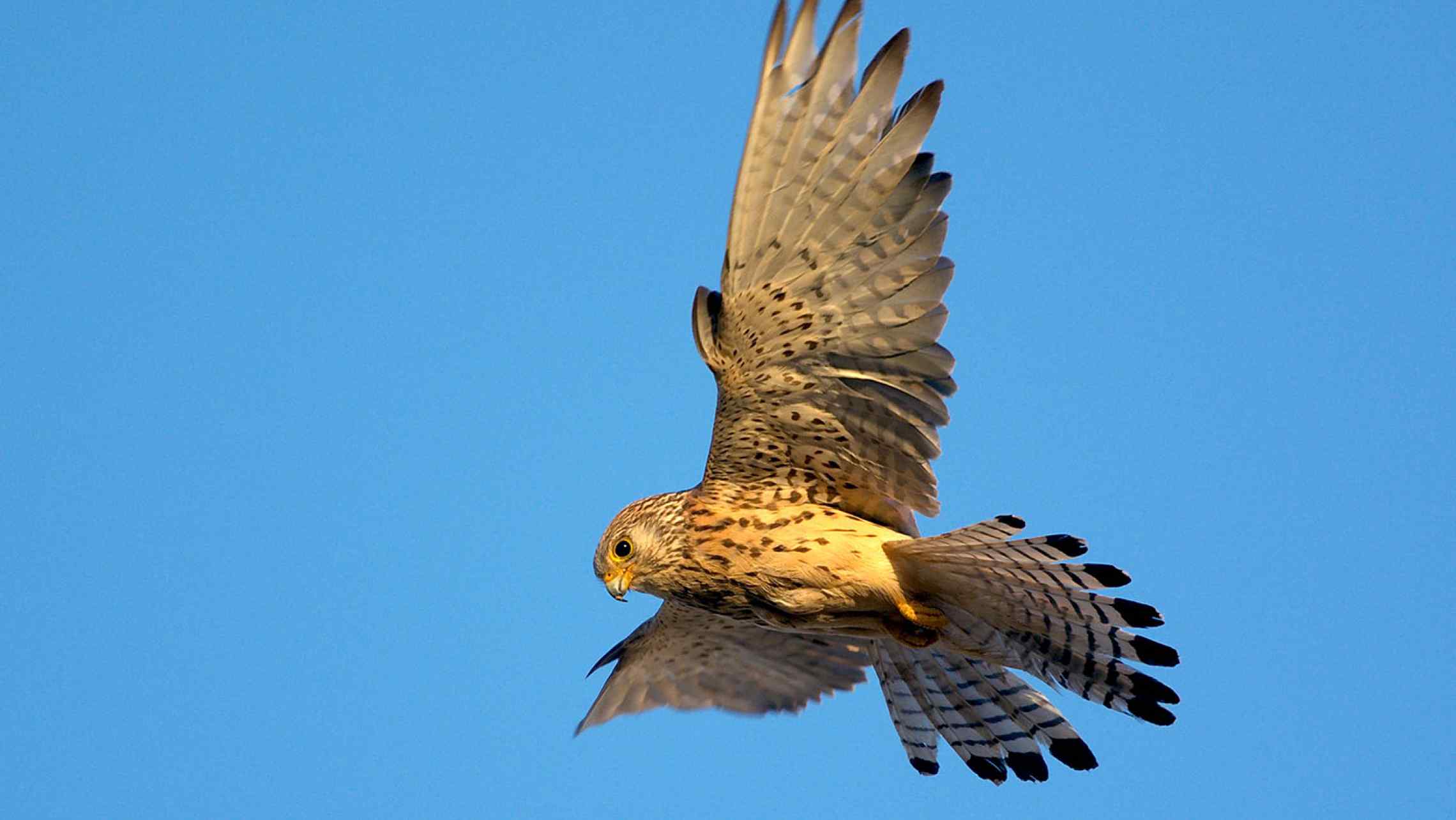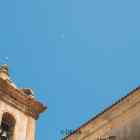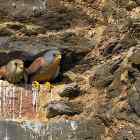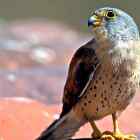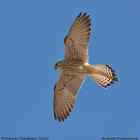“CERNÍCALO, a small bird of prey; a kind of hybrid sparrow-hawk with which boys often amuse themselves, making them come and take meat from the hand. Some have white nails and others have black nails and are nobler […]. In the Spanish tongue the name cernícalo from cerner meaning to hover is used, because the bird stays aloft without moving but stirring its wings and tail; hunters call this hovering.”
Such is the description of the kestrel by Sebastián de Covarrubias y Orozco in his dictionary "Treasure of the Spanish Language” in 1611, which is probably one of the earliest written records of these birds in Spanish with the possible exception of earlier works on falconry in which kestrels are hardly mentioned.
Although the definition is a brief one it includes some interesting details that show the ancient relationship between kestrels, especially lesser kestrels, and humans in its mention of the practice of lads rearing them and training them to eat from the hand which was relatively frequent in Spanish villages until the mid-20th century. Fledglings on church towers and other buildings were apparently dazzled by a mirror in which the sun's rays were reflected until they fell stunned into the hand so they could be fed and finally trained.
Another interesting fact from the Covarrubias description is the reference to the colour of the nails, which already refers to the differentiation (albeit probably involuntary on the part of the author) between kestrels and lesser kestrels. Likewise those with black nails (kestrels) are said to be nobler, which is simply a reference to the fact that the lesser kestrel is smaller.
Finally, in this short but evocative description Covarrubias reveals the origin of the name of the bird in Spanish. Etymologically the word cernícalo comes from the Latin cerniculum, which means sieve, which in principle seems to have little to do with the species. Curiously however cerner (or cernir) comes from cernere and means to separate; this basically refers to separating flour from bran with a sieve. By extension the sixth meaning in the dictionary of the Spanish Royal Academy (RAE) of the word cerner is “Walking or swaying by moving the body back and forth like one sieving”. The seventh states “Birds moving their wings to maintain themselves aloft without moving”; like one sieving, as could also be added.
